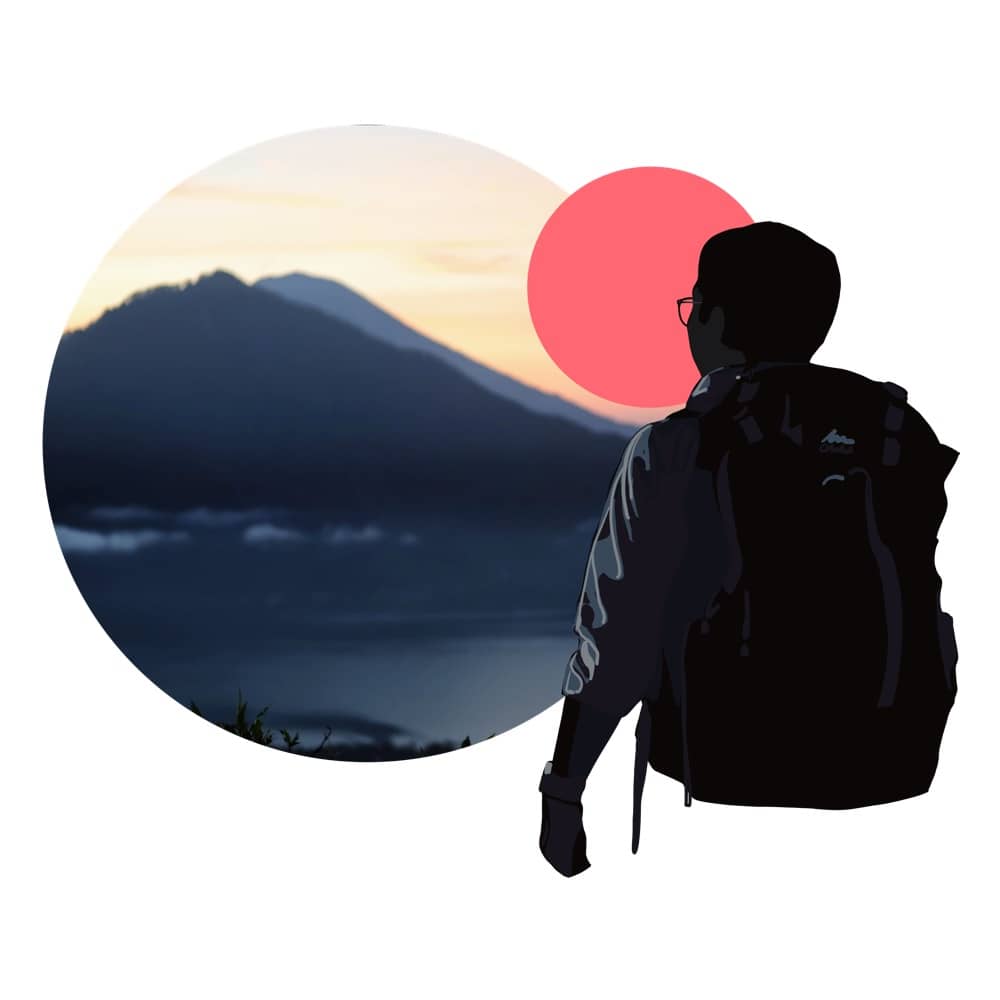Mount Agung - Bali’s Amazing Active Volcano.
Om Swastiastu! Denis here to show you the majestic Mount Agung, Bali’s highest mountain and most active volcano. The mountain rises over 3,000 metres above sea level and is a dominating presence on Bali’s north eastern side. Mt Agung is so large, in fact, that it affects the surrounding climate by catching rain clouds on its western slopes. This makes the western side lush and fertile while the eastern side remains barren and dry.
Mount Agung, or Gunung Agung (Great Mountain) as it is also known, is considered sacred in Balinese culture, and the mountain is said to be a fragment of Mount Meru, the golden mountain at the centre of the universe and ancient home of the gods. It is here that Pura Besakih, the Mother Temple, was built on its western slopes to honour the gods, as well as Pura Pasar Agung, one of Bali’s nine directional temples. Visiting the mountain you will find walking trails that lead up the slopes. These trails are steep and challenging, so make sure you bring comfortable shoes and supplies. Upon reaching the summit you will have amazing views of the Karangasem region of Bali, and on the eastern rim you can even see across to Mount Rinjani on the island of Lombok.
The volcano Agung can be reached heading approximately 70 km (120 minutes) northeast of central Denpasar. This Bali volcano is called a stratovolcano, which means that it has built up layers from many previous eruptions, becoming larger each time. The volcano is still very active today, with the last eruption taking place in mid-2019. As such, it is essential to be cautious when visiting this volcano and heed any warnings or advice when visiting.

















